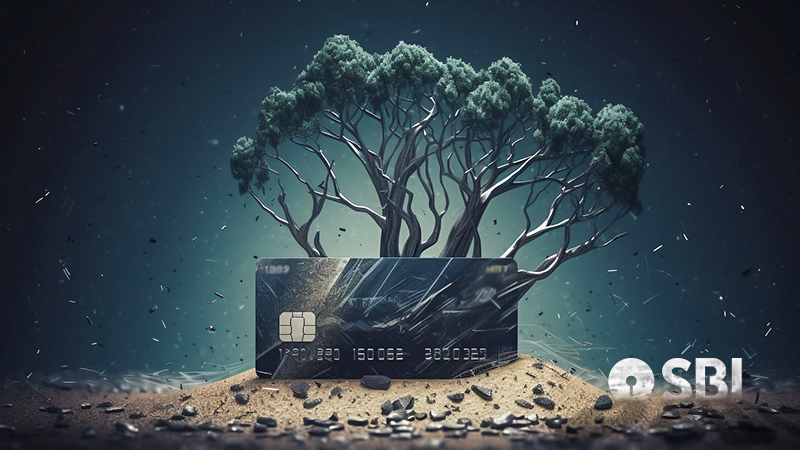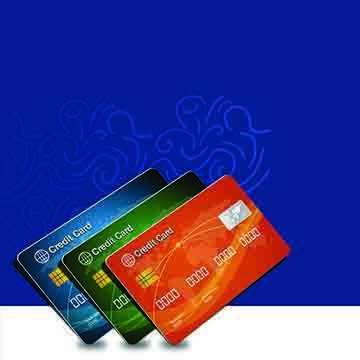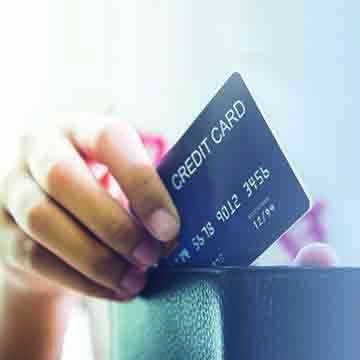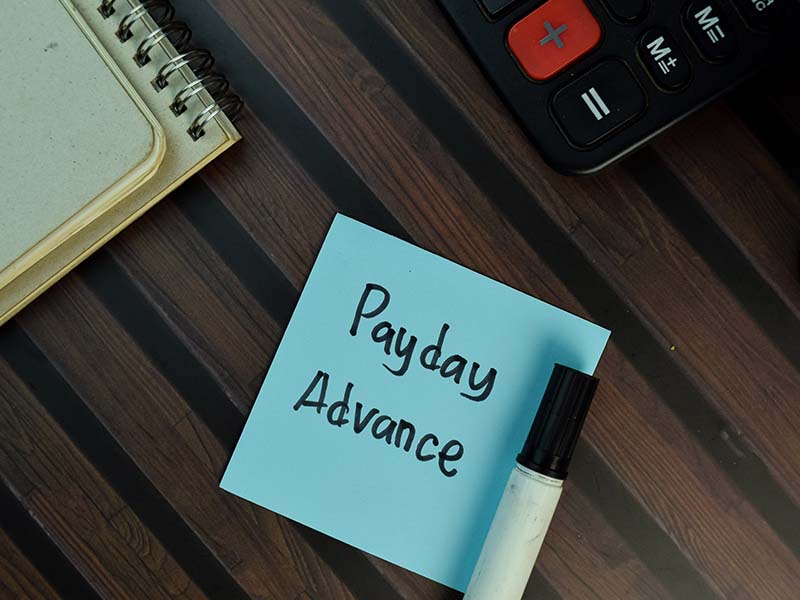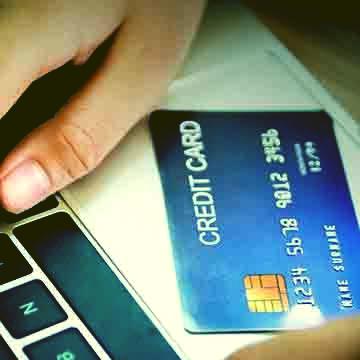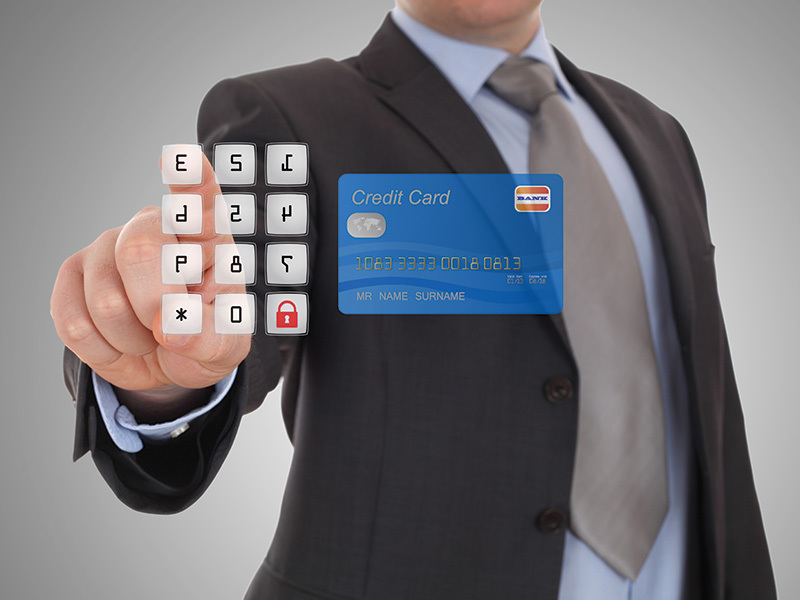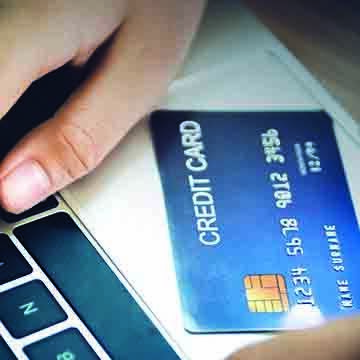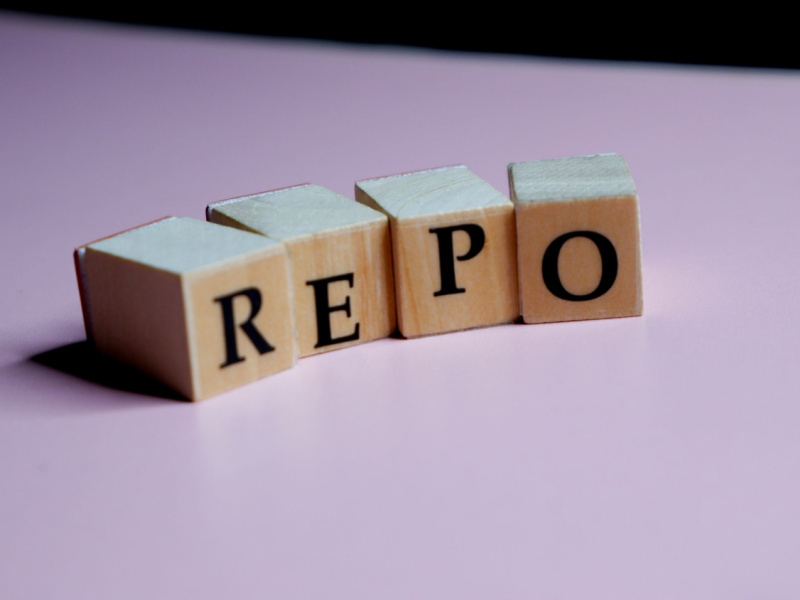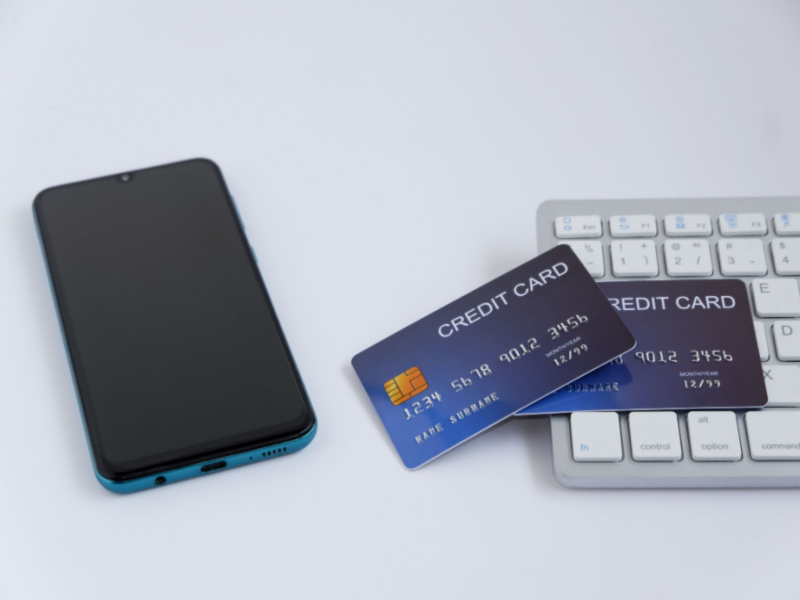
One of the main benefits of credit cards is that one need not immediately pay for the purchases. With the help of a credit card’s grace period, a card user can have a few weeks to 45 days before paying up for the purchases.
Credit card interest-free or grace period generally spans from the billing cycle’s closing date to the credit card statement due date. This allows a card user sufficient time to pay off the card’s bill without any interest. Therefore, a grace period can be ideal for making big-ticket purchases that might otherwise have to be postponed until sufficient cash is available. With a card’s interest-free period, one can defer paying towards the purchase until the end of the grace period.
With smart budgeting and appropriate usage of the grace period, you can maximize the cash flow every month. Here is how you can make the most of the credit card interest period.
What is an interest-free period on credit cards?
Credit cards offer users an interest-free or grace period which is the time between a card’s transaction date and bill payment due date. This can be anywhere between 18 to 55 days. During this period, credit card transactions do not attract any interest charges as long as the card users repay the bill by the due date and in full.
How to maximise benefits of interest-free period?
Here are some tips to maximise benefits of the interest-free period on credit cards:
Spread expenses across credit cards
To maximise the benefit of interest-free period, you can spread your expenses across multiple credit cards, if you have more than one. Let’s see how this works:
Suppose, ‘card X’ is due on 15th June, and ‘card Y’ is due on 1st June. Make use of ‘card X’ for any purchases post 15th. ‘Card Y’ can be used for making purchases before the 15th. This will ensure a longer interest-free period on both credit cards.
Plan monthly credit card expenses
Planning monthly credit card expenses and timing them appropriately can help save the interest cost on credit cards. Suppose, your credit card bill cycle is 5th of Jan to 6th of Feb. In this case, try making credit card payments during the initial days post the bill due date. So, if you spend on the 6th of Feb, you will have 50 days of interest-free period before you pay back the spent amount. Shopping in the middle of the month would only allow only a few days of interest-free period.
Clear outstanding dues
To maximise the benefits of the interest-free period, you must pay the total dues before or on the due date. In case there are any dues pending and carried forward to the next billing cycle, you will be charged interest on the remaining amount.
Some cards may charge heavy interest cost that can range between 24-49% annually. This is applied from the transaction date to the repayment date. If the minimum amount due on the card is not paid before the stated date in the credit card bill, it can attract late payment fees depending on the card terms and the bill amount. In some cases, it can also result in revocation of the interest-free period on new credit card transactions until you clear the dues fully.
Smart tip
If you want to try to repay credit card bills by the due date and have multiple credit card bills with different due dates, set mobile reminders for each. There are multiple mobile apps that can be used to remind through notifications about bill due dates and any unpaid bills.
Avoid withdrawing cash through credit card
Interest-free period cannot be availed on cash transactions made using credit cards. For instance, if you withdraw cash through an ATM using your credit card, it attracts certain charges. These are applied from the period starting the date of cash withdrawal untill full repayment is made.
Cash withdrawals using credit cards also attract cash advance fees on the amount withdrawn. Hence, it is best to avoid withdrawing cash through credit cards as far as possible. In case you use your credit card for cash withdrawal, ensure that you repay the entire amount at the earliest to avoid heavy finance charges.
Credit cards also do not have an interest-free period on cash payments. This means, you must pay cash processing fees during interest-free period for any cash withdrawals made using your credit card. Hence, it is advisable to avoid making cash payments using credit cards.
Conclusion
Credit cards can prove costly if not used appropriately due to the various terms attached to their usage. With benefits like interest-free period, however, you can make the most of credit cards to manage your finances. Therefore, follow the above-mentioned tips to ensure that you make the most of the interest free period and use credit cards to your benefit.
FAQs
The total due amount is the total spending made using a credit card within a billing cycle. The minimum amount due is a portion of the total amount spent using the card. If the total due is paid, a card user need not pay anything additionally. If only the minimum amount due is paid, the user may be charged interest on the remaining balance.
Credit utilization ratio is the percentage of credit availed from the total credit limit available on a card.
Some of the common charges to expect on credit cards include interest charges, service tax, annual fees, joining fees, duplicate statement fees, late payment fees, etc.
Some of the practical ways to avoid paying interest charges on credit cards are, pay monthly credit card bill in full and on time, opt for balance transfer facility, strategise big-ticket purchases, use multiple credit cards, etc.
The credit card billing cycle can range between 25-31 days. Every month, the credit card issuer will send a billing statement after issuing a credit card. The billing cycle can further be shorter or longer depending on the specific card you own.















